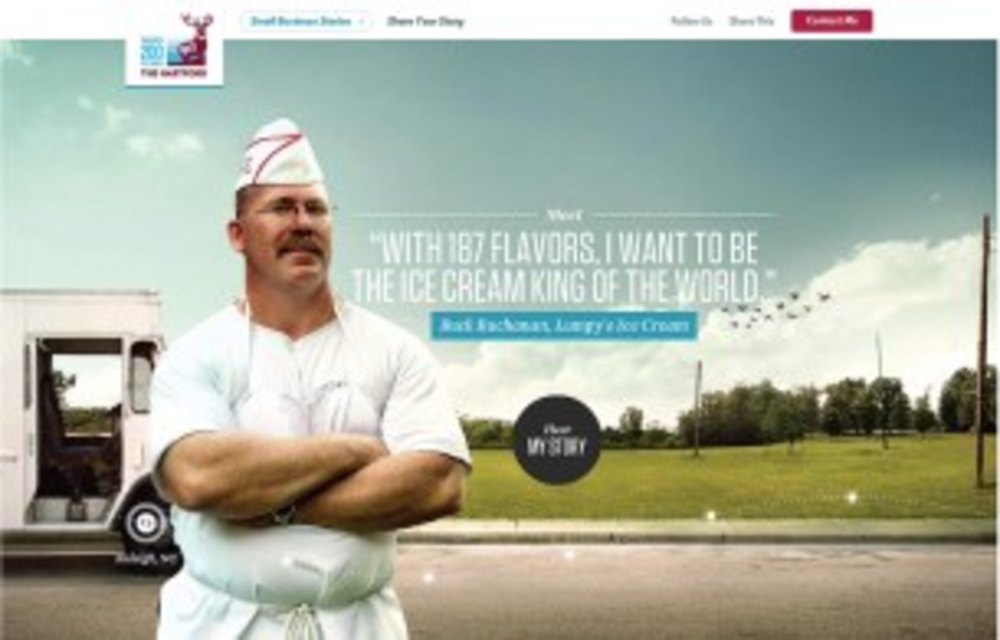For Travelex Global Business Payments, a b-to-b payment solutions company that targets corporations and mid-sized corporations globally, business moves quickly. Potential leads can quickly turn cold if the marketer doesn’t take advantage of a lead in real time. Four months ago, in a move aimed at driving efficiency in its lead generation processes, the company began streamlining data across its website, e-mail and CRM.
This summer, the b-to-b marketer began working with technology vendor Marketo to automate e-mails sent to potential leads. This e-mail platform is integrated into Travelex’s Salesforce.com CRM program to help maximize the use of its data. When a lead responds to an e-mail, the data is updated in Travelex’s Salesforce.com dashboard. Prior to this integration, Travelex manually extracted information from its e-mail campaigns and added it into the CRM platform, which was time consuming and inefficient.
“Often, by the time we had input this data, we would end up losing the lead or a lead would go cold,” says Debbie Brown, global head of marketing at Travelex. “Using automation, we are not losing leads. We are only focusing on hot leads and getting them to the right people quickly to help drive sales.”
Not only does this digital integration of lead generation tools help Travelex with speed, it also contributes savings, bringing down the cost of customer acquisition. “We are already saving about 25% just by automating, without being fully implemented,” she says.
Case Study: Corensic optimizes search
As many marketers face tighter budgets, the age-old b-to-b dilemma of targeting the right person in a revolving-door business environment, automating data processes can greatly improve lead generation.
“Today it’s not just about having the data, but understanding that data goes bad quickly,” says Jim Fowler, CEO and founder of Jigsaw, a lead generation company owned by Salesforce.com. “For b-to-b marketers, the raw data is becoming more commoditized. B-to-b marketers used to spend a lot of money to rent a list, but today’s reality is that everyone has data now. The competitive advantage moving forward is being able to understand data and quickly react to it.”
The Hartford Financial Services Group, an insurance company that sells insurance products ranging from 401K plans to auto insurance, is targeting small businesses for the first time with a new online campaign. This fall, the brand teamed up with marketing agency Rodgers Townsend to create an integrated campaign called “Achieve What’s Ahead,” that employs several digital tools.
The Hartford decided to target small businesses that might be struggling to survive due to the reluctance of banks to offer them them loans during the recession. “The recession has put small businesses in a tough position,” says Jeff Reid, assistant VP, online brand management at The Hartford. “We saw it as an opportunity for The Hartford to be friends with small businesses, and an online campaign is a cost effective way to find leads.”
The campaign, which launched in September, uses rich media display ads, online video, e-mail, mobile, social media and search, all of which tracks leads through one centralized database.
The creative is centered around small business customers, who star in online videos and share testimonials about how The Hartford has helped their business in a time of need. All of the digital media directs business people back to a microsite at Achievewhatsahead.com. Site visitors that watch the videos are invited to fill out an e-mail form on the site, which is followed up by a phone call from a call center representative. Or, those inspired by the videos can share their own small business story, which will also be followed up by a call. These forms and stories are streamlined into The Hartford’s database and used by its sales team in the phone call.
“It makes us much more responsive to the lead, because we are able to collect so much information before we ever speak to them,” adds Reid. “By knowing their story, we have a better lead profile and can create a better sales experience.”
The personal stories are added to a lead’s profile and any additional information a phone representative learns is also added. “We are seeing data applied in digital to try to get the right message to the right person and create a dialog,” says Melissa Hamilton, senior digital producer and digital lead at Rodgers Townsend. “By knowing their story, it allows sales people to be more informed and offer better customer service, which cuts the time of the sales cycle.”
Once a lead is acquired, it is scored. The Hartford uses a lead scoring system of 1 to 3, to give sales people more information about the value of a lead. Once the lead becomes a customer, The Hartford will track the products that they purchase through the central database, analyze that information and follow up with the customer about other potential products.
As b-to-b marketers continue to fight for leads in a competitive market, automation and streamlined data organization is proving an efficient approach. “We have seen a shortening in the lead sales cycle by integrating digital and online technologies to nurture leads,” says Brown. “You have to have all of the pieces of the jigsaw puzzle working together. If you don’t have them all aligned, you won’t see results.”








